A Peek into Thailand’s Hottest Star’s World: 10 Facts You Should Know About Freen
Get an exclusive peek into the world of Freen Sarocha: uncover 10 facts ...
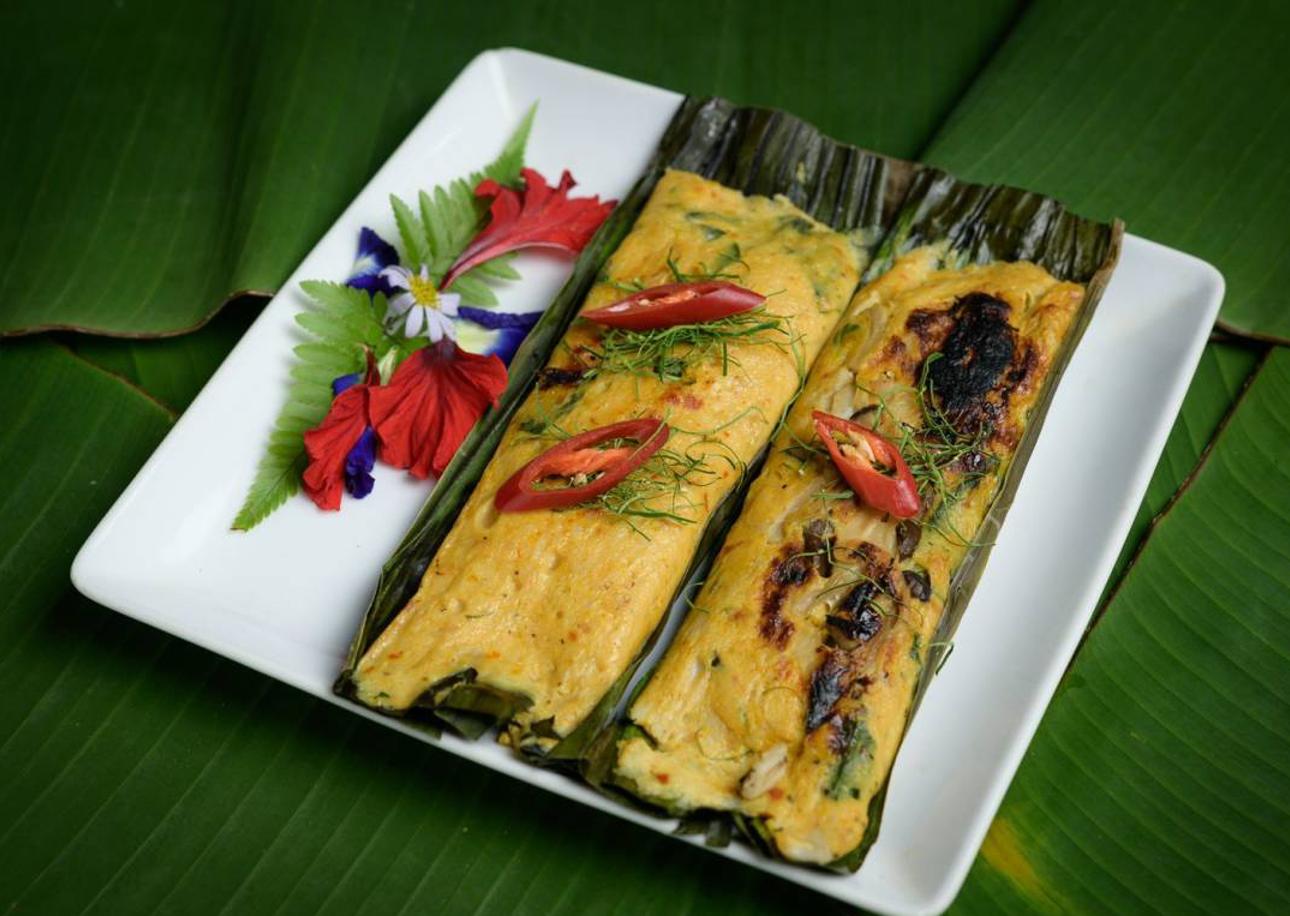
As we emerge somewhat sluggishly from nearly two years of unprecedented challenges for the Thai restaurant community, one group of unheralded restaurateurs, whilst undoubtedly affected, has remained ever-present throughout: our street food vendors.
Across every province, in bustling makeshift roadside stalls and ingeniously adapted suburban residences, extended families toil from early morning to late night amid familiar organised chaos and distinctive smells to serve up our favourites, accompanied by unwavering smiles and value-for-money price-points.
Thailand’s restaurant world has exploded over the past five years, driven by local demand for “premier league” edible excellence. This has resulted in a spiralling number of celebrity chefs, both imported from acclaimed culinary palaces in Europe and home-grown. These new temples of gastronomy offer complex, multicourse dining experiences in luxe surroundings—often at eyewatering prices by Thai standards—thus ensuring they will be forever etched in our memory. However, at the opposite end of the culinary spectrum is where Thailand truly excels with affordable flavour bombs, prepared with passion and love. Trust me, after decades as a food industry professional here I know this for a fact and my waistline will bear me out. Here then is my pick of the country’s current hidden street food gems secret. Next up is pla gao tom buay , a perfectly balanced soup of grouper, pickled plums and sliced fresh ginger. The flavours positively dance across the palate.
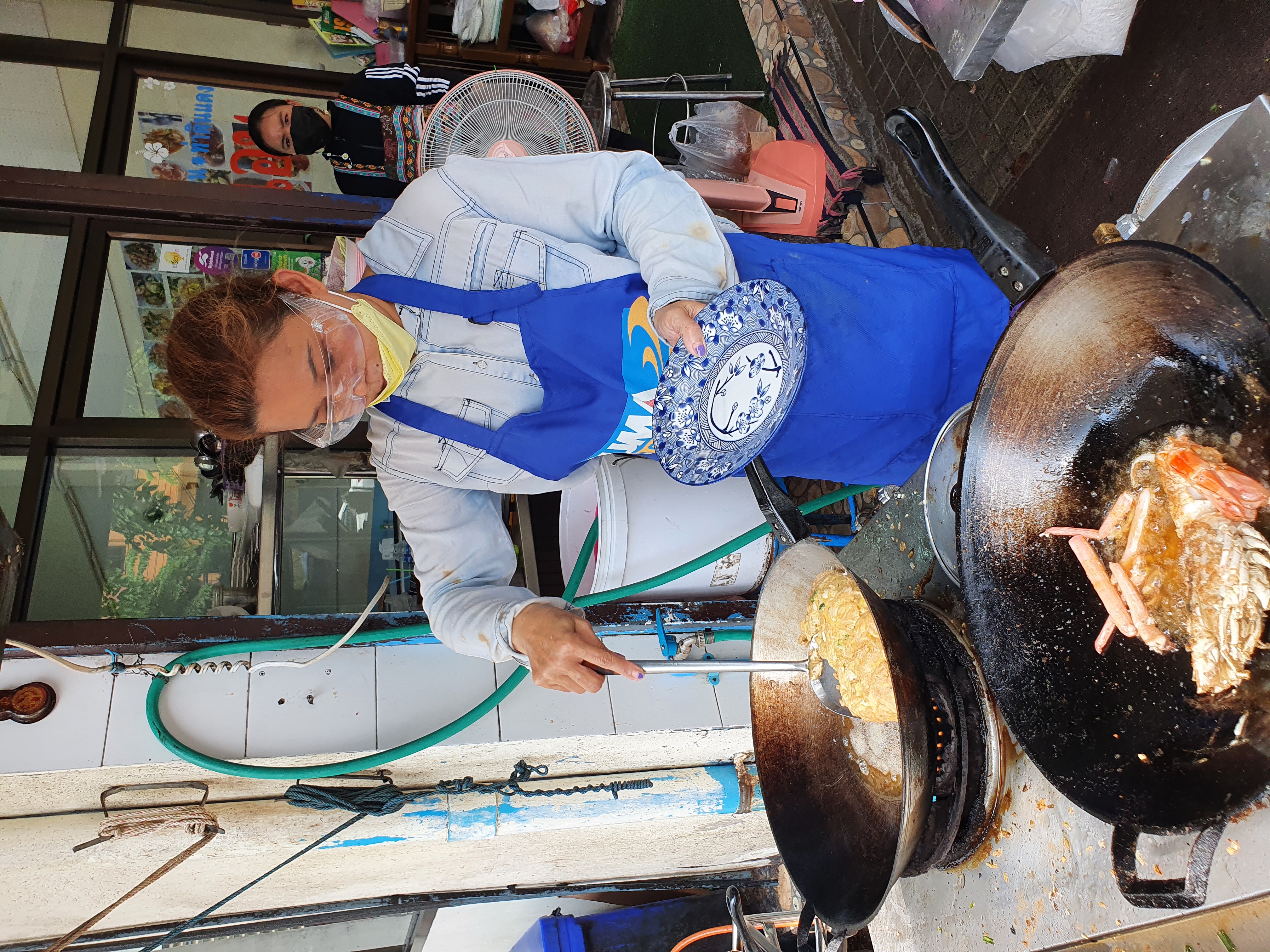
The meal continues with clams in chilli paste and sweet basil and Mahachai prawns, simply served but perfectly ‘just cooked’. And to end, a crab omelette like no other, with a golden exterior and fluffy interior generously stuffed with choice chunks of fresh crab meat. On this occasion Chef An decides to share her secret—frying this achievement in pork fat to add depth and layer upon layer of umami. Frankly, it is a title contender and demonstrates no mean feat —the art of making the complex appear deceptively simple.
Baan Nual is located in a charming 70-year-old former residence in a quiet soi in the Samsen neighbourhood. It isn’t easy to find and I, amongst many others, have walked up and down the soi several times before identifying the discreet entrance. It is also equally challenging to secure a table. Despite being a relative newcomer, open only for the past five years, it has quickly established itself as a highly sought-after ‘hot table’ for those in the know.
This is exacerbated by limited availability of seats as one dines as one would ‘at home’. Run by a self-taught brother and sister—Tommy and Yu— the former watches front-of-house while the latter takes care of business in the kitchen. Yu presents pre-ordered homely specials from an extensive list based on her mother’s and grandmother’s recipes. All dishes offered are signatures and particular favourites are kung phad mun.
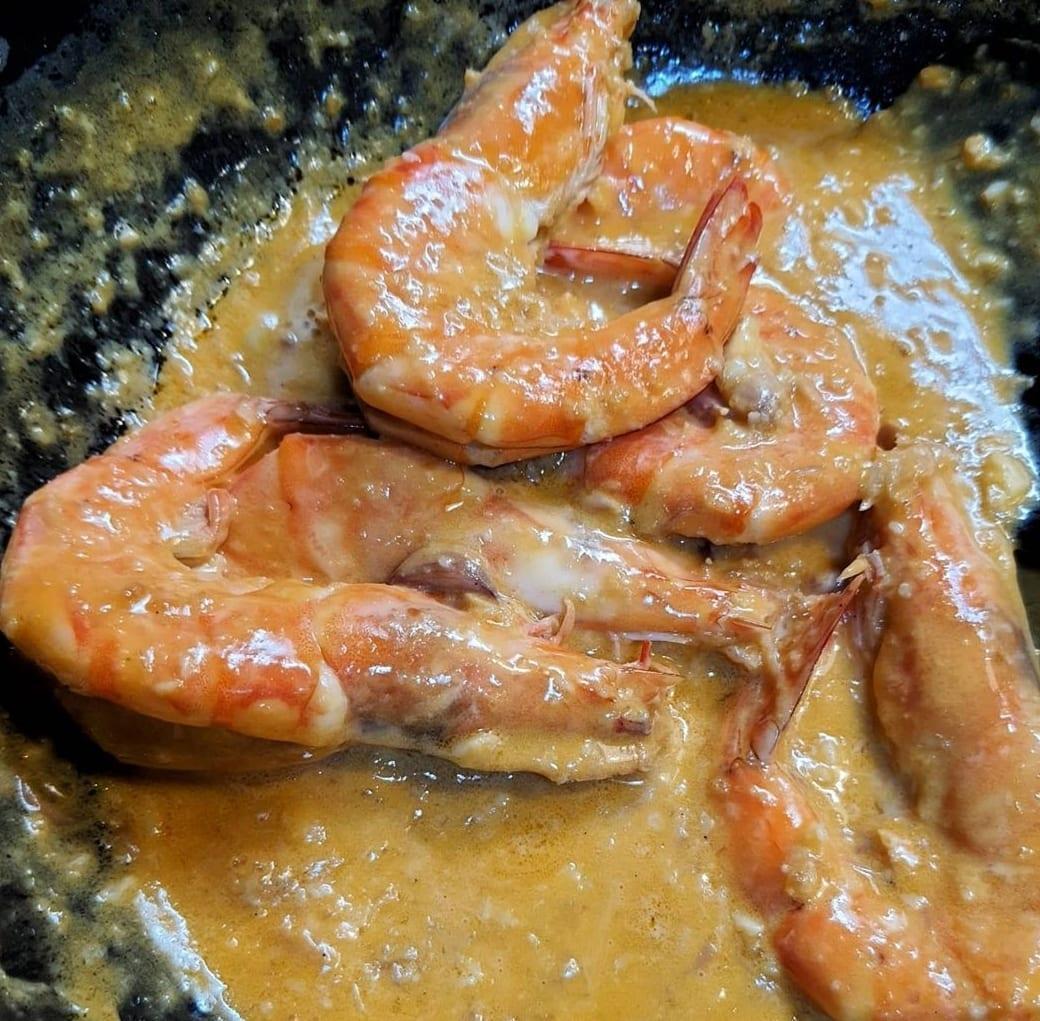
Kung phad mun kung – shrimps fried in shrimp fat
Beginning in Bangkok, An Ta Din Daeng is easily found at the corner of Din Daeng Soi 9. Chef An is ever-present out front, standing over the famous twin burner from which she gently coaxes unimaginably succulent seafood delicacies. Without exception, experienced chefs will tell you that truly superlative dishes begin with premium ingredients and we are fortunate to be blessed with incredible bounty from the seas surrounding Thailand. But knowledgeable chefs, like An, will also concur that the magic is in the detail.
Whilst narrating her story, the efficient chef fires up her trusty range. She has been cooking here for 17 years. The first dishes arrive, served inside this simply furnished shophouse. Fresh Surat Thani mud crab is stir-fried with spring onion and cleverly brightened with a dash of the An’s signature kung—shrimps fried in shrimp fat yielding a creamy, unctuous dish—and khaw khayam poo, or juicy fresh crab meat rice mixed with seafood sauce and shallots. Moo phad kapi is another stellar hit of punch-packing stir-fried pork, shrimp paste and mini chillis. From beginning to end, the dining experience here is truly memorable in every respect.
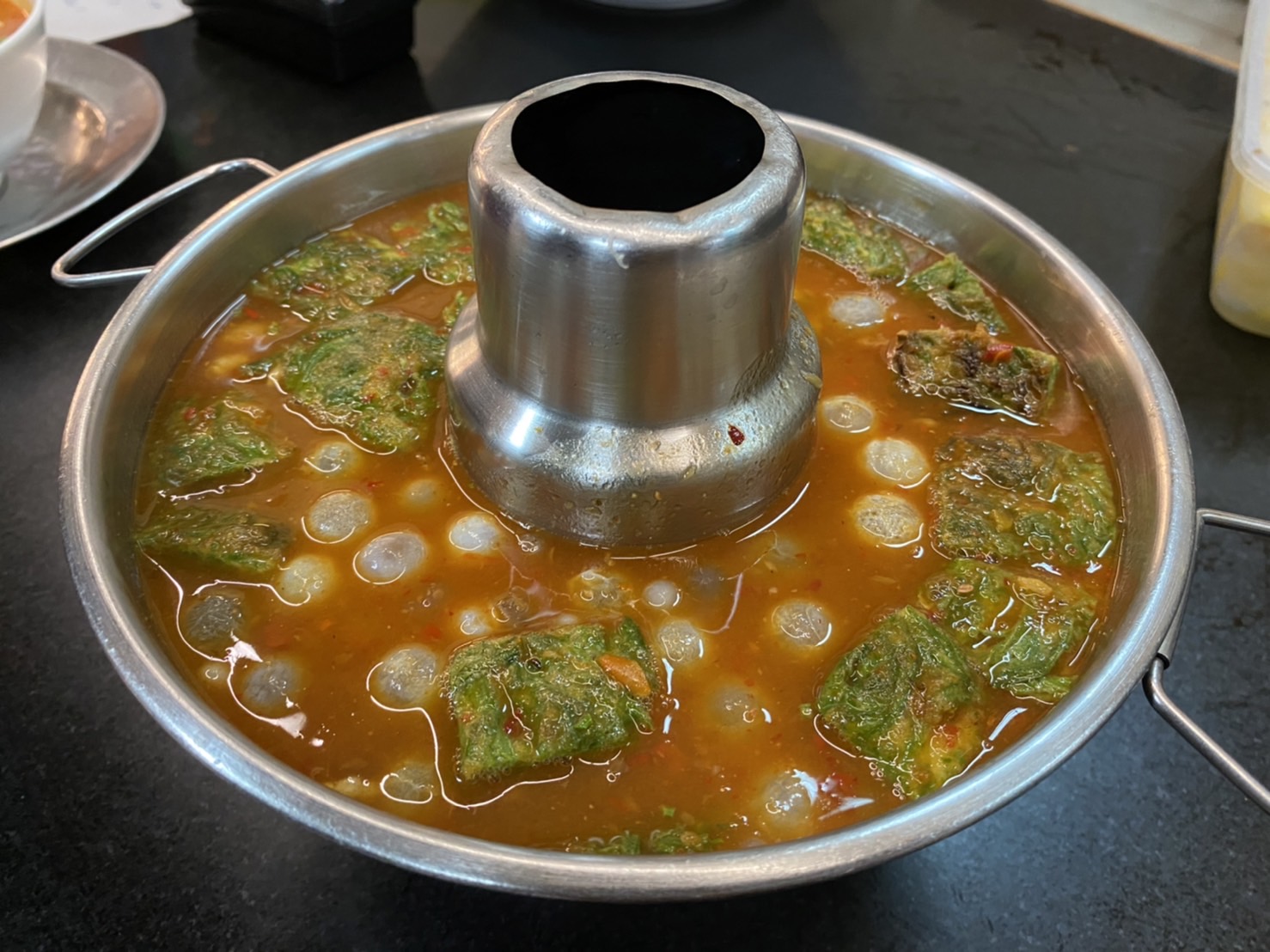
Gaeng som ryu kyu – fish eggs in sour and spicy soup
Our next stop is Soei, tucked away in a quiet road bordering Rama VI. Relocated here four years ago following a 14-year sojourn near the old Samsen train station, a visit is well worth the journey. Chef Soei, a former rugby player, is self-taught and discovered his culinary passion when cooking for his hungry teammates after matches. He has now handed over the reins to his son, Chanon, leaving himself free to travel Thailand seeking out new ingredients to add to their repertoire.
While lunch is prepared, Chef Soei sits with us and talks animatedly about his culinary philosophies. He wants the restaurant to be a magnet for families seeking a convivial atmosphere in which to enjoy affordably priced fresh seafood prepared in both traditional and modern interpretations.
Lunch offerings include an unusual tom yum soup with mackerel and krapow and an equally intriguing dish of plump oysters in a non-traditional wasabi sauce. Another standout is tiny baby mussels simply steamed to stunning effect with Thai sweet basil. However, the pièce de résistance for budding gourmands is a dish of deep-fried mackerel cheeks, which necessitates pre-ordering because the ingredients aren’t always available. Indescribably mouth-watering, texturally complex and so tasty, it makes a visit to Soei unmissable.
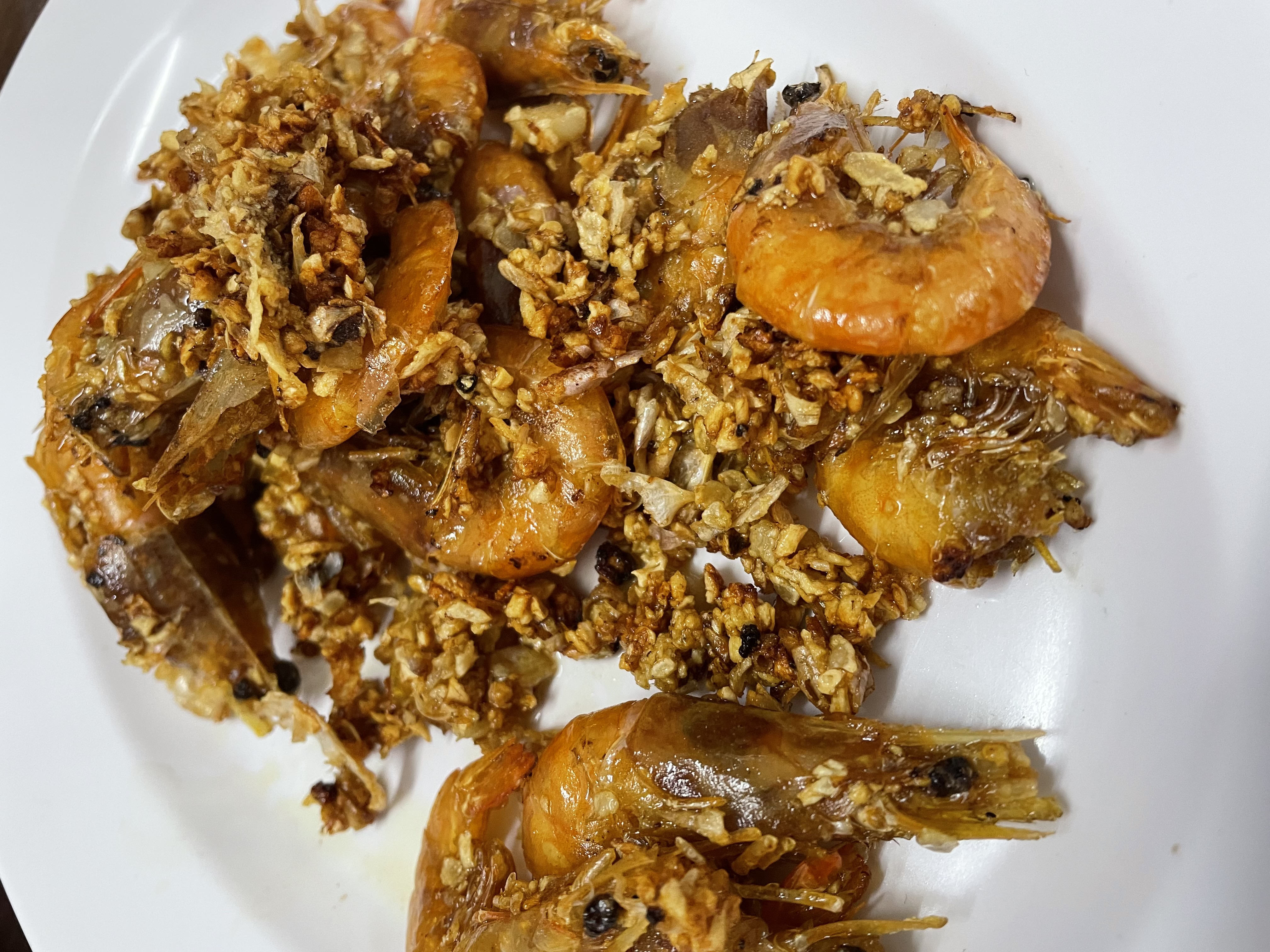
Moving on, for the residents of the Pracha Chuen area Je Khai is a familiar landmark. Chef Je has led this seafood restaurant for almost four decades. Her daughter, Gift, and other family members ably support her but she still cooks every day. Beginning life as a solitary food cart, today the restaurant has expanded significantly, adapting to the newer trends of delivery whilst maintaining a high level of quality.
On our visit a unique and rarely-seen specialty dish of pla muek khai nung manao —squid with their eggs in a piquant lime and chilli sauce—was a must-try, the eggs adding both a textural and flavourful dimension. Other highly recommended dishes include poo phad pong karee , or fresh crab stir-fried in a velvety yellow curry sauce, and gaeng som khai pla ryu ky u, the traditional sour and spicy soup but with the distinctive addition of fish roe that pleasantly pop on one’s palate. For me, however, the standout dish here is an unforgettable hoi talab petch, which is seasonal sea clams, nicknamed diamond clams, stir-fried with sweet chilli paste and sweet basil. We ended though with yet another iteration of crab omelette, this one simply divine with a firmer texture reminiscent of you-know-who’s crab omelette of fame and, frankly speaking, equally stellar.
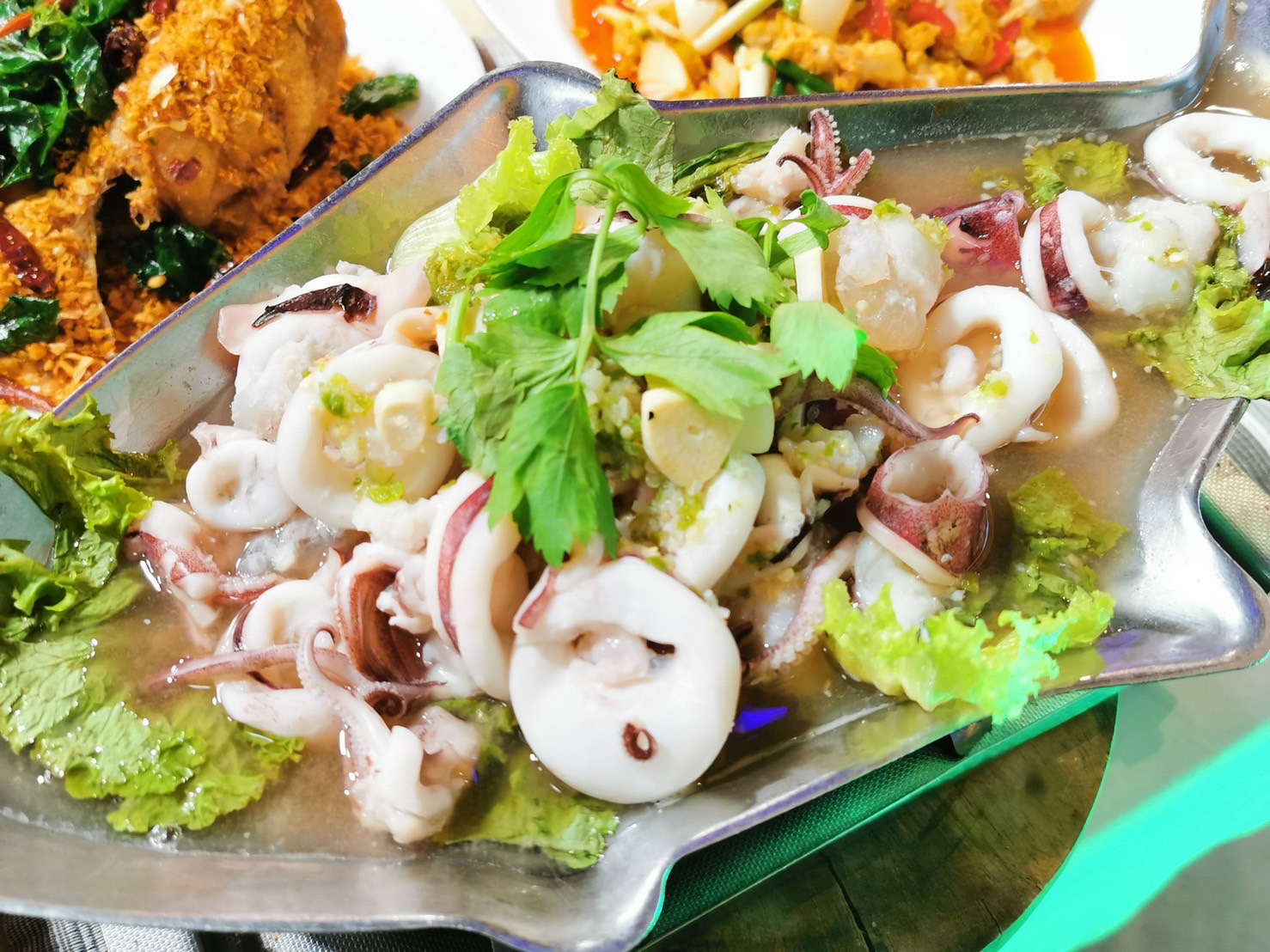
Steamed squid with eggs with lime
Hua Hin historically began as a coastal weekend escape for well-heeled Bangkokians, many of whom bought holiday homes there. Whilst it has exuded an air of stylish exclusivity for generations—King Rama VII was so charmed by it that he built a summer palace on the beach—it has a culinary reputation built on a combination of central and southern style dishes. Fah Muey is located on the beach and one must navigate a narrow, almost concealed passageway, to discover this wooden house with an open kitchen. Family-owned for the past 20 years, matriarch Pa Muey cooks every day following a visit to the market, where she hand-selects her key ingredients.
On the day we visited specialty dishes included a distinctive gaeng prik nok , which is local sea bass in a skillfully balanced spicy and sour soup with ‘prik nok’, a tiny local chilli with a memorable kick, and yum khai poo, or freshly steamed crab roe in a spicy yet refreshing salad. Also excellent is hoi sieb —clams and mussels sundried to a heightened saltiness by the local villagers in times of abundance and cooked low and slow with nam jim (sauce) and accompanied by a fresh papaya salad. Standout dishes for me here included a phad cha pla chalam , a complex combination of stir-fried dog fish, slightly chewy with a moreish texture, cooked with herbs, green peppercorns and, to lend the critical earthy pungent aroma, fingerroot. A dish of muek tom when , squid stewed with palm sugar and fish sauce, rounded off a remarkable meal. Definitely worth a visit if you are in town.
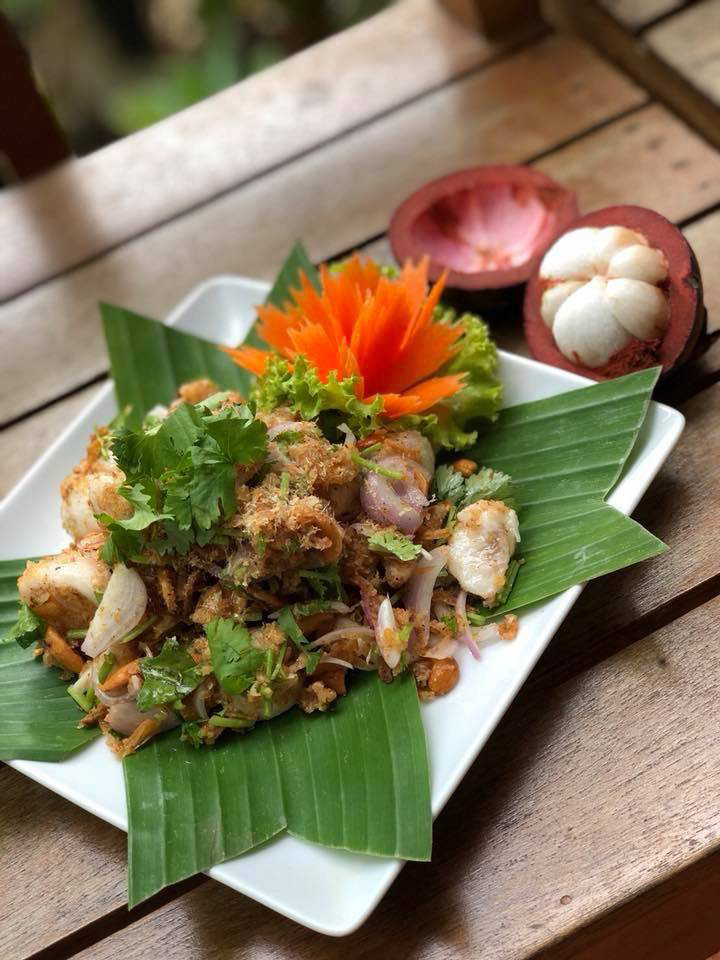
Even further south, Phuket is the heart of the region’s cuisine with its gaeng poo, gaeng som and moo hong . In the centre of the town itself, at the top of a fairly steep hill, lies Mae Porn Seafood , a quaint double fronted eatery that has been in the same family for the past 40 years. Matriarch and chef Mae Porn has passed her recipes on to chef Aek, whilst front-of-house is now run by her son, Oan. On a rather damp day, dish highlights were home-grown roselle cultivated in front of the restaurant, used in a stir-fry with garlic and chilli and accompanied by the house’s signature nam prik and standout shrimp cakes, moist and battered with care and a far cry from the usual dense offerings elsewhere.
Another unique signature is yam pla kem foo , a salty dried fish dish for which words escape me. And of course, gaeng som pla also impressed with a perfectly. achieved balance of sour and spice. It would appear that in Chef Aek, Mae Porn’s legacy is in safe hands.
To the north of Phuket island, near the Bang Pae waterfall along a meandering track, lie two wooden houses idyllically situated overlooking a lake. This is Peang Prai . Run by the same family for over a decade, matriarch Khun Pim, the original chef and a well-known culinary lecturer, has passed down her recipes to her son, Ball and daughter-in-law Nid, who are present daily and when not cooking may well take your order.
There is no more an attractive location for a leisurely lunch, situated as you are between water and jungle. Specialties begin with a refreshing mangosteen salad, the fruit grown amid the surrounding flora. This is followed by an exceptional crab curry; the crab delivered daily and the flesh handpicked by the kitchen team—and yes, you can taste the difference! Other memorable choices include squid in black ink and a complimentary ending of scrumptious mini banana fritters. The must-have dish, however, is a superlative delicately-made ngob poo (a hor mok style crab mousse) with a melt-in-the-mouth texture and a cornucopia of flavours.
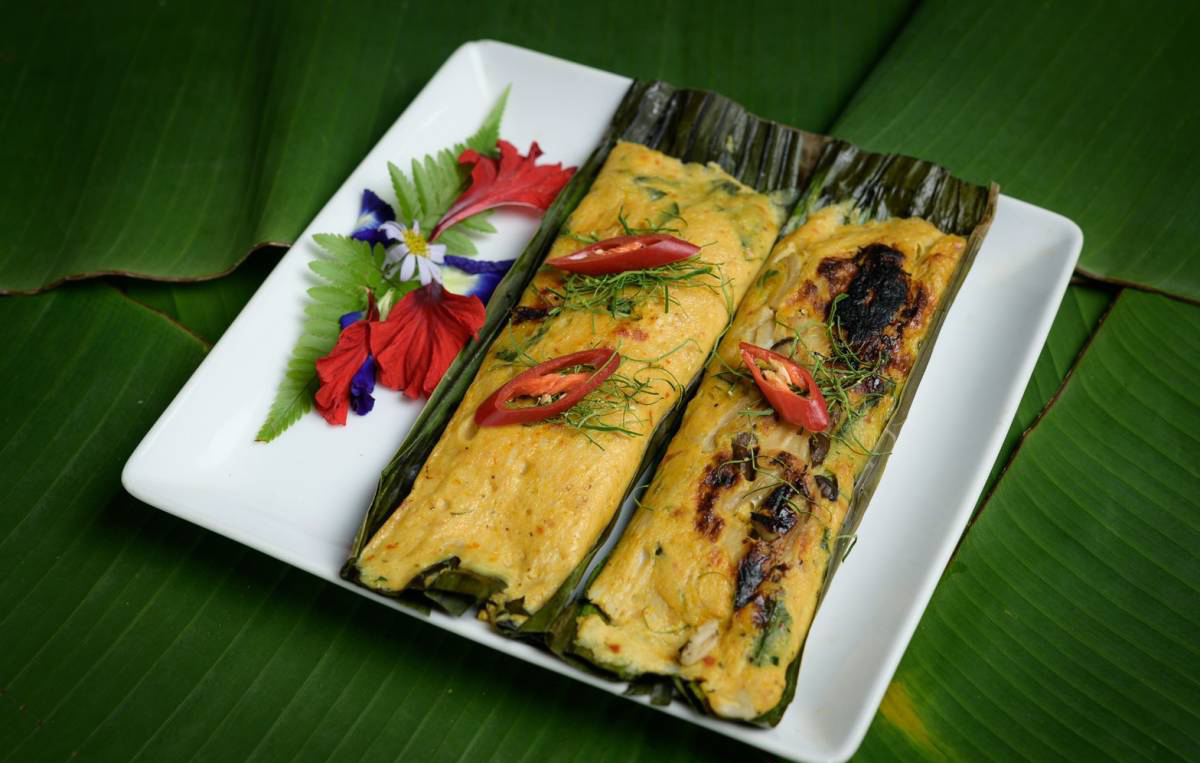
Travelling North to Chiang Mai, just a few steps from Nimman One is Kway Teo Tam Lueng , a noodle shop one could easily miss… the only clue to its popularity being the lengthy queue. For me, this is a mandatory port of call when in Chiang Mai, a late morning two-bowl stop because one is simply just never enough! Chef Hia Prawit, the head of the owning family, daily prepares steaming hot bowls of deliciously fragrant and perfectly cooked pork noodles. Indeed, his tom yum noodles are famous, the daily freshly squeezed lime he uses a big point of difference. Pig bones and innards are carefully stewed overnight to ensure the stock is absolutely packed full of flavour, and the proof of the ‘soup’ is definitely in the eating!
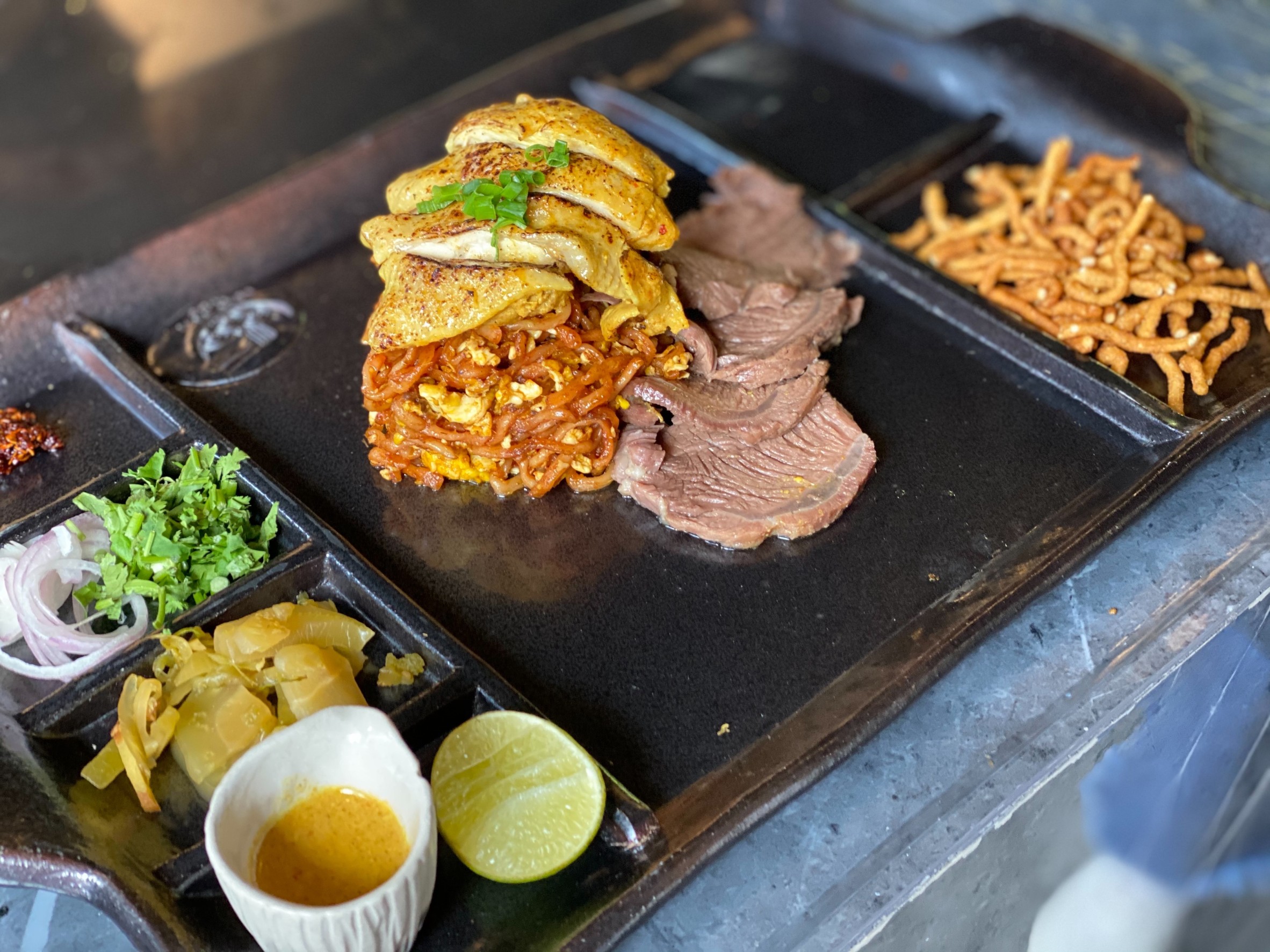
Another must-visit is a relative newcomer, opened only a few months ago, Khao So–I . As its name suggests, it serves up quite probably the most famous dish in the northern Thai canon. Located in the city, the restaurant has been designed with Japanese touches of modernity and it is quickly building a reputation. Many variations of this flat noodle dish combined with pork, beef or chicken—depending on your preference— exist and the recipe for the khao soi served here was discovered by owner Win and remains a closely guarded secret. The egg noodles, handmade fresh every day, are also a big part of the draw.
A scenic ride away in the town centre of Chiang Rai you’ll find Nam Ngiaw Pa Suk . You can’t miss it—it has been at the same location for the past 50 years. This unassuming noodle shop with its archetypal wall-mounted menu has served up the traditional Northern dish of nam ngiaw since the day it opened. Chef Pa Suk no longer cooks but has passed her mother’s recipes and skills down to the third generation in chef Pa Tui.
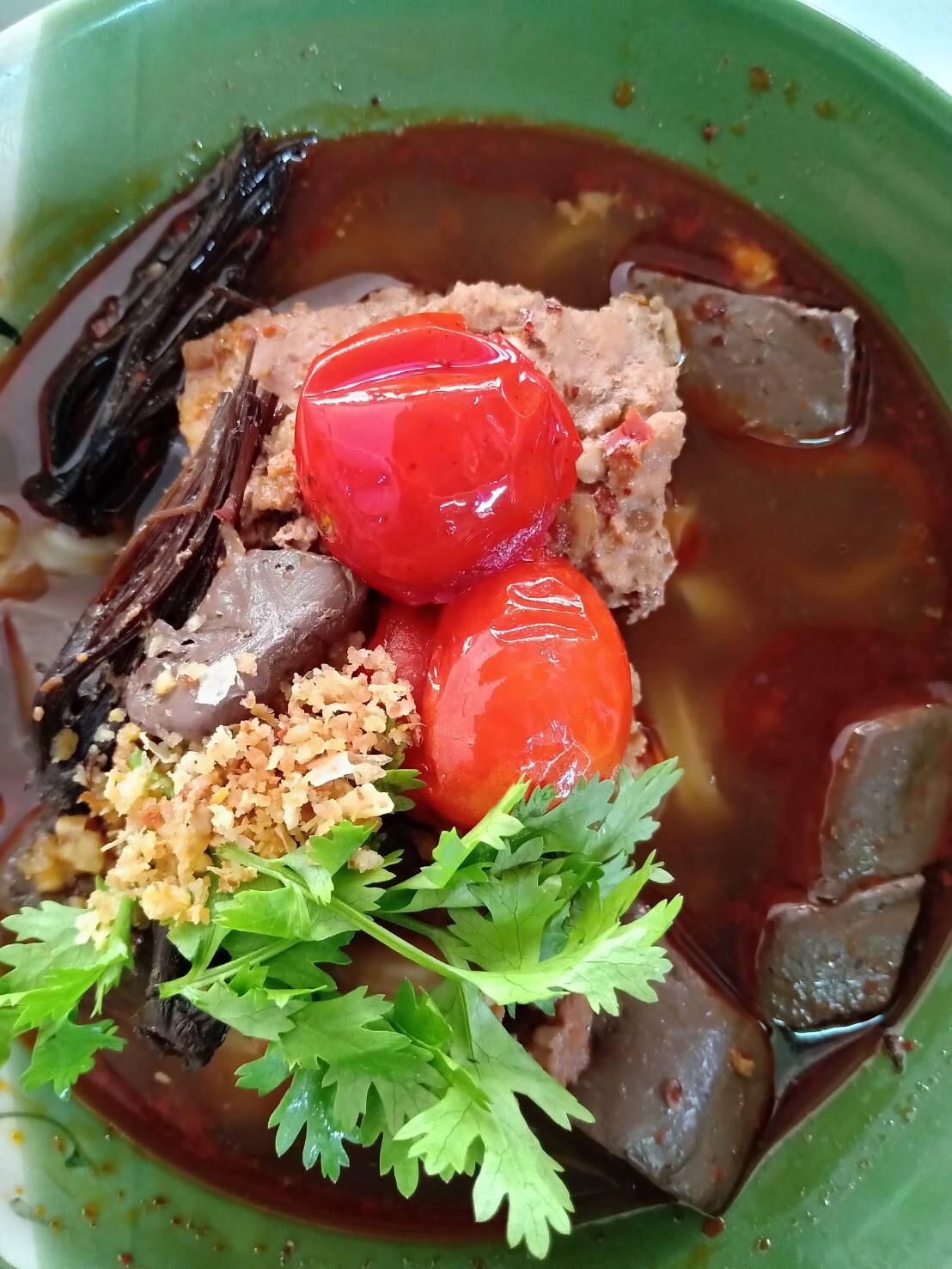
Nam ngiaw is a traditional Chiang Rai dish of kanom jeen-style noodles in a soup with either minced pork or pork ribs, chicken’s blood and local cherry tomatoes (not as gruesome as it sounds!) Here they also serve khao gan jin , rice blended with pork blood and steamed in banana leaves, accompanied by garlic, cucumber and shallots, one of my favourites! (Should you be unable to visit. Chiang Rai, Pa Tui’s enterprising daughter has opened up in Silom Road in Bangkok, but be prepared for incredibly long queues.)
Get an exclusive peek into the world of Freen Sarocha: uncover 10 facts ...
In a cinematic landscape saturated with remakes, reboots and sequels, you might ...
While traditional TV shows are serving us endless boy-meets-girl tales. Thailand has ...
These top 5 barber shops in Bangkok are where gentlemen can elevate ...
Pets, as cherished members of our families, deserve rights and protections that ...
The internet makeup obsession straight out of Bangkok’s streets! Thai makeup zeroes ...
Wee use cookies to deliver your best experience on our website. By using our website, you consent to our cookies in accordance with our cookies policy and privacy policy